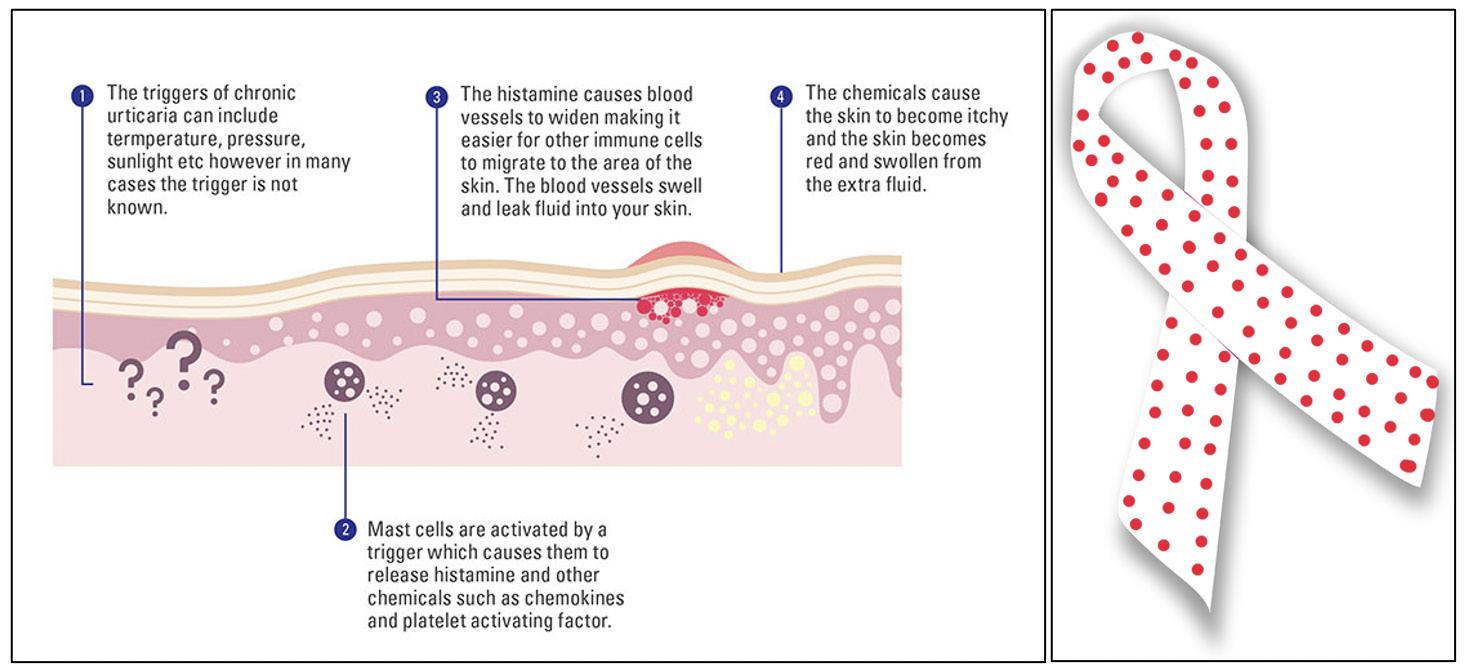Lactose Intolerance as the “Norm” BY UJVALA JUPALLI '25 Cover Image: Those with lactose intolerance have to watch their consumption of dairy products and switch out milk, cheese, ice cream, yogurt, and other dairy-containing products. These changes in lifestyle may require some extra effort but, overall, lead to better health benefits for those without the ability to digest lactose. Image Source: Wikimedia Commons
What is Lactose Intolerance? Lactose intolerance affects up to 65% to 70% of the world’s adult population and is more common in certain countries than in others (Bayless et al., 2017). The disorder results from an inability to digest lactose, which is a disaccharide found in most dairy products. Lactose is made up of the two monosaccharides: glucose and galactose. Monosaccharides are also known as simple sugars; these molecules can be directly absorbed through the wall of the small intestine and the hepatic portal system. Lactose-intolerant individuals lack the ability to break these two molecules apart, which causes the physical symptoms of the syndrome. Individuals with lactose intolerance face many consequences after consuming lactose, including stomach cramps, stomachaches, nausea, bloating, high levels of gas, and diarrhea. These individuals may try to avoid consuming dairy products by switching out cow milk for substitutes like oat milk, almond milk, or soy milk. Interestingly, lactose intolerant individuals are not lactose intolerant throughout their whole lifetime. Humans, like most mammals, are born with the ability to digest the lactose in breastmilk (the main source of nutrients and calories for a newborn). However, we lose our ability to break down lactose after weaning; this phenomenon is
66
referred to as lactase non-persistence, or LNP. Individuals who retain the ability to digest lactose after weaning have a mutation of an autosomal dominant trait that allows them to continue to do so. There are some individuals who are unable to break down lactose from birth. This is known as congenital lactase deficiency or CLD (Diekmann, 2015). These infants are at an elevated risk for weight loss and severe dehydration if they are not given lactose-free milk/formula. Infants with this condition in the developing world are at a great risk of developing life-threatening diseases due to the lack of access to adequate healthcare and nutrition. Lastly, there is a group of individuals who are lactose tolerant but lose their ability to digest lactose during childhood or adulthood. This is called secondary lactose intolerance and is due to a decrease in lactase production caused by an injury, illness, or surgery involving the small intestine. For instance, illnesses such as intestinal infections, bacterial overgrowth in the intestines, and inflammation of the digestive tract (also known as Crohn’s disease) can play a major role in the development of secondary lactose intolerance (Luthy et al., 2017). Lactose intolerance can be diagnosed using either a hydrogen breath test or a lactose tolerance test. The hydrogen breath test measures the amount of hydrogen in an individual’s breath after their consumption of lactose. Breathing out large amounts of hydrogen means that the DARTMOUTH UNDERGRADUATE JOURNAL OF SCIENCE











